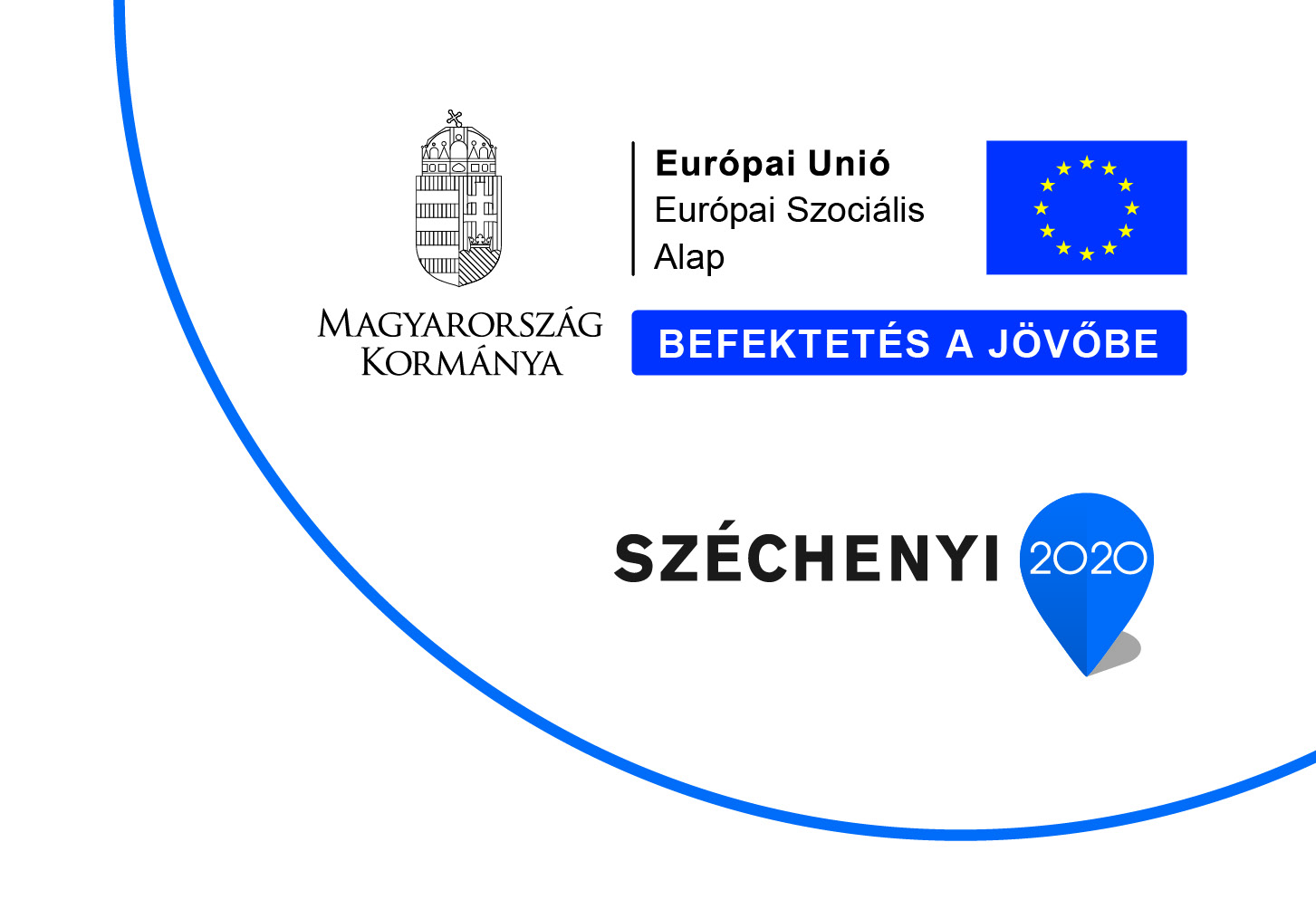Raval Vyom Ravi (2025) Changing Business Strategies for Indian Banks in the post reform era. Külkereskedelmi Kar.
|
PDF
VR_MasterThesis - FinalDraft.pdf Hozzáférés joga: Csak nyilvántartásba vett egyetemi IP címekről nyitható meg Download (1MB) |
|
|
PDF
RavalVyom_MA_evaluation.pdf Hozzáférés joga: Bizalmas dokumentum (bírálat) Download (206kB) |
|
|
PDF
Thesis assessment.pdf Hozzáférés joga: Bizalmas dokumentum (bírálat) Download (668kB) |
Absztrakt (kivonat)
This thesis undertakes a comprehensive examination of the strategic transformations in the Indian banking sector in the post-reform era, with a particular focus on the period following the economic liberalization policies initiated in 1991. These reforms marked a significant departure from a highly regulated and state-dominated financial system to a more competitive, market-oriented, and globally integrated banking environment. The study seeks to explore how Indian banks have redefined their strategic orientations in response to liberalization, technological advancements, evolving regulatory frameworks, shifting customer expectations, and intensifying competitive pressures—both domestic and international.The core objective of this research is to analyze the multifaceted strategic shifts that have restructured the operational and organizational models of Indian banks over the past three decades. Key strategic dimensions under investigation include the integration of digital technologies, the role of mergers and acquisitions (M&A), regulatory compliance and risk management practices, and the emphasis on financial inclusion and customer engagement. The thesis pays particular attention to how banks have embraced disruptive technologies such as artificial intelligence (AI), blockchain, mobile and internet banking, and data analytics to improve efficiency, reduce operational risks, and enhance the customer experience.A significant focus of this thesis is the structural consolidation of the Indian banking sector, particularly through strategic mergers and acquisitions. These M&As, often driven by the Reserve Bank of India (RBI) and the Government of India, have been instrumental in strengthening balance sheets, enhancing scale, and fostering greater resilience in the banking ecosystem. Case studies of landmark mergers, such as those involving major public sector banks (e.g., the merger of Bank of Baroda with Dena Bank and Vijaya Bank), are analyzed to assess their impact on operational efficiency, financial performance, and market competitiveness.Equally important is the examination of the evolving regulatory landscape, including the implementation of global standards such as the Basel I, II, and III norms, along with specific guidelines issued by the RBI aimed at enhancing transparency, accountability, and systemic stability. The research evaluates how banks have responded to these regulatory imperatives by revamping their risk management frameworks, strengthening compliance mechanisms, and investing in cybersecurity infrastructure. In doing so, the study sheds light on the challenges of maintaining regulatory compliance while pursuing aggressive growth strategies in a dynamic environment.To empirically investigate these transformations, the thesis adopts a mixed-methods research design, combining quantitative and qualitative methodologies. A structured survey was conducted among three key stakeholder groups: university students (future professionals and consumers), current banking professionals (strategists and decision-makers), and customers (users of retail and corporate banking services). This diverse sampling strategy ensures a holistic understanding of banking practices and stakeholder perceptions. The questionnaire, designed around six thematic areas corresponding to the research questions, gathered insights into strategic priorities, digital adoption, regulatory awareness, customer service innovation, and expectations for future trends.The findings of the study reveal a clear strategic pivot in the Indian banking sector toward digitization, customer-centric models, and sustainable business practices. There is a marked trend toward enhancing financial inclusion through mobile banking and simplified onboarding procedures, particularly in rural and semi-urban areas. Moreover, banks are increasingly prioritizing environmental, social, and governance (ESG) criteria as part of their long-term strategic planning, in alignment with global shifts toward sustainable finance.The thesis concludes with forward-looking insights on the future trajectory of Indian banking strategies. It anticipates that the coming decades will be shaped by further technological innovation, greater collaboration between traditional banks and fintech firms, and a stronger regulatory focus on data protection and digital financial infrastructure. The study provides actionable recommendations for policymakers, financial institutions, and academic researchers aimed at reinforcing strategic resilience, promoting inclusive growth, and sustaining trust in the banking system.In summary, this research offers a nuanced and evidence-based understanding of how Indian banks are transforming in response to the post-reform economic environment, providing a valuable reference point for future strategic planning and scholarly inquiry.
Intézmény
Budapesti Gazdasági Egyetem
Kar
Tanszék
Nemzetközi Gazdaságtan Tanszék
Tudományterület/tudományág
NEM RÉSZLETEZETT
Szak
Nemzetközi gazdaság és gazdálkodás (angol)
| Mű típusa: | diplomadolgozat (NEM RÉSZLETEZETT) |
|---|---|
| Kulcsszavak: | bank, bankszektor, business strategy, India, üzleti stratégia |
| SWORD Depositor: | User Archive |
| Felhasználói azonosító szám (ID): | User Archive |
| Rekord készítés dátuma: | 2025. Okt. 27. 14:31 |
| Utolsó módosítás: | 2025. Okt. 27. 14:31 |
Actions (login required)
 |
Tétel nézet |



